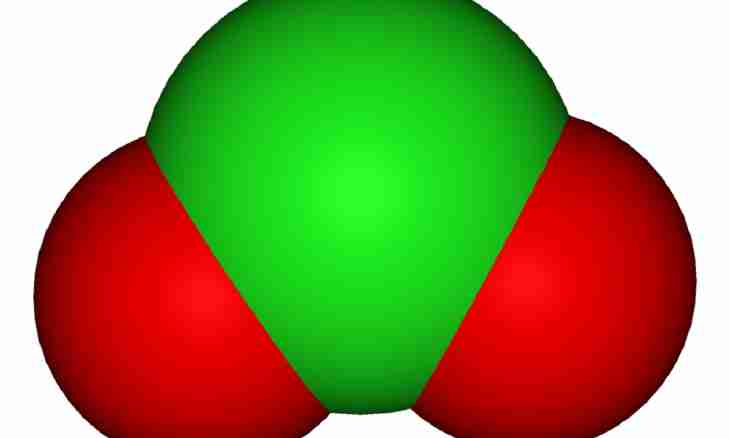Chlorine – an element which name is translated from Greek as "green" is the 17th in the periodic table and is designated by the letters Cl. Its atomic mass – 35.446 g/mol, and the defined category – chemically active nonmetal which enters into group of so-called halogens.
Instruction
1. For the first time chlorine in 1774 was studied by Swede Karl Wilhelm Scheel who described allocation of this element in interaction of manganous peroxide with hydrochloric acid. Then the chemist noted also a peculiar characteristic smell of chlorine which, according to Mr. Sheel, resembled aroma of royal vodka and also had ability to interact actively with gold and cinnabar, possessing, to all aforesaid, also the bleaching properties.
2. Then Bertholet and Lavoisier investigating the oxygen theory offered the theory according to which the substance discovered by Sheel was oxide of a hypothetical element a muriya. Nevertheless, the last was not allocated, and chemists, as a result of the experiments, could spread out table salt to sodium and chlorine therefore Cl nature was proved elementary.
3. In a natural environment chlorine represents gas of flavovirent color with a distinct suffocating smell. Also treat physical properties of chlorine boiling temperature at minus 34 degrees Celsius, melting temperature at minus 100 degrees and decomposition temperature at 1400 degrees Celsius. Chlorine thermal capacity - 34.94 J/mol To, its critical temperature – 144 degrees Celsius, and critical pressure – 76 atm.
4. Chlorine has stable valency due to maintenance in it one not coupled electron, and owing to presence at atom of an unoccupied orbital of one of subtotals, he can show various oxidation levels. Chemical element interacts with such nonmetals as carbon, nitrogen, fluorine and oxygen, also its active reaction in the bright world is known or at intensive heating with hydrogen for the principle of the radical mechanism. Chlorine is capable to force out bromine and iodine from connections with hydrogen and metals and also has other properties.
5. Owing to the strong virulence for lungs to be stored the chlorine applied in the modern industry only in so-called "tanks" or in steel cylinders under high pressure. The last, in turn, can be painted in khaki with characteristic green strips and to wash out often as at frequent use in a cylinder explosive trichloride of nitrogen is formed. As for use of chemical element, it is used by production of synthetic rubber, as a compound component bleaching means (known whiteness), at development of the means insecticides killing harmful insects of rodents.

